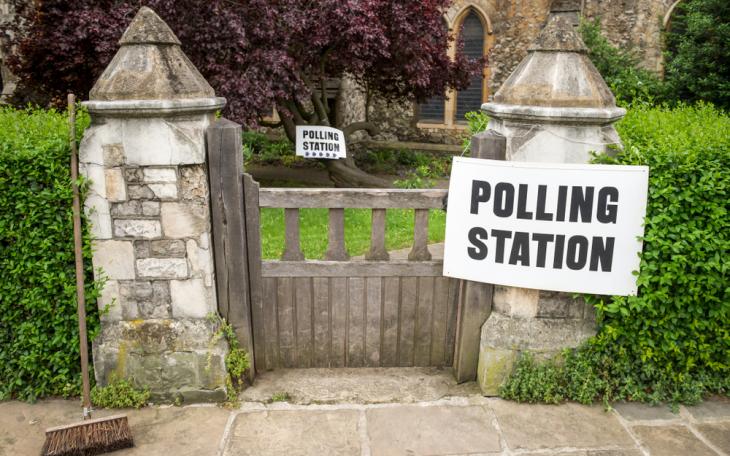Choppy Waters for Conservatives in Essex Council Elections?

At first glance, Essex local authorities look solid for the Conservatives, but the after 12 years in government, “Partygate” and the impacts of fuel price hikes, a relatively small protest vote in this part of the country could have significant impacts for local control. The main reason for this is that the Conservatives had a great night in the 2018 elections, so of the 134 council wards that are being contest across the county, 76 are being defended by the Conservatives. A good place to start from when on an electoral offensive, but dangerous in defensive mode.
In 2022, there will be council elections in nine of the local authorities in Essex, with no elections this year in Braintree, Chelmsford, Maldon, Tendring and Uttlesford. Seven of the nine councils are currently controlled by the Conservatives, with two in No Overall Control – one (Colchester) led by a Conservative minority administration and one (Southend) controlled by an anti-Conservative rainbow coalition.
The second danger for the Conservatives is the marginal nature of many of the council wards. More than a third of the wards being defended are sitting on majorities of less than 200, with two wards (one in Castle Point and one in Harlow) enjoying a majority of just a single vote.
The strong Conservative majority in most of these local authorities, means that a change of overall control to another Party is simply not an option on May 5th. Only in Brentwood, Castle Point and Harlow is there an opposition voice of a sufficient scale that could potentially form an administration but this relies in some cases on significant numbers of seats changing hands. For other councils, even if the Conservatives lose every seat next month, the outcome will be a hung council and in many cases with the Conservatives remaining as the largest group.
However, it is not all bad from the Conservative perspective. Firstly, in some parts of the county, 2018 was not the high watermark and since then, results have improved and by-elections have been gained. Election term comparisons mean we will compare gains or losses against the 2018 outcome rather than the most recent round of elections. Secondly, while the Conservative Party is the typical party of government in Essex town halls, there is no typical challenger party - Labour, Liberal Democrats and Independents each have local footholds but quite often this doesn’t extend across a local authority, never mind reaching across the county. As the nine local authorities currently stand, there are 67 Independent (using a variety of names), 63 Labour and 34 Liberal Democrat councillors, but this compares to 224 Conservatives.
The biggest opportunity for Conservative opponents is in Castle Point, where the Conservatives control the council on a one-seat majority and a concerted campaign by the Canvey Island Independent Party is focused on overturning that. Elsewhere, Labour will be hoping to recover some lost ground in Harlow, the Liberal Democrats will be hoping to turn some seats in Brentwood, Colchester and Epping Forest, and in Rochford a loose collective of Rochford District Residents, Greens and Liberal Democrats will be focused on causing as much damage to the Conservatives as they can. Overall, the likelihood is that the Conservatives will lose a few seats across the county in localised pockets, but this will not be a rout and the election cycle in thirds means that even if the Conservatives lost every one of their seats next week, they would still be the largest political grouping across these authorities.
Finally, there are the two Essex unitary authorities where the Conservatives are on the attack – Southend and Thurrock. In Thurrock, a proactive and driven Conservative administration will be focused on some weak Labour marginal wards to extend their control of the council. In the new city of Southend-on-Sea, the Conservatives are attacking on three fronts and with Labour, Liberal Democrat and Independent wards in their sights, can they flip the three council seats they need to take back control again?
Does any of this make a difference you may ask, but with a Local Plan process in Essex that has seen a number of plans stalled and others withdrawn or overturned, the direction of leadership on housing and planning policy will be critical in the years ahead. The one point that does unite the disparate opposition groupings in the county is their stance on planning and that most of their campaigns are based around halting development. On Friday 6 May, we will see again just how that message has been received by voters across Essex.









